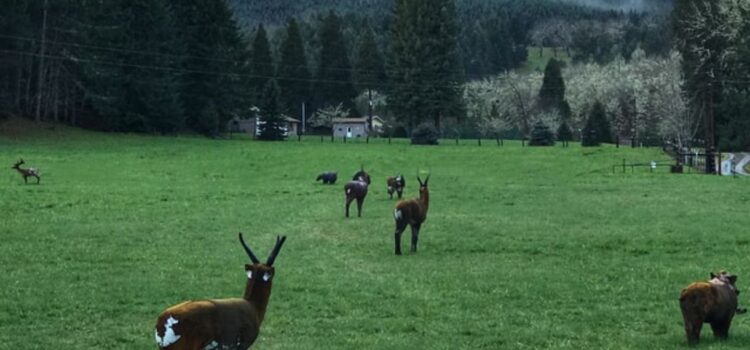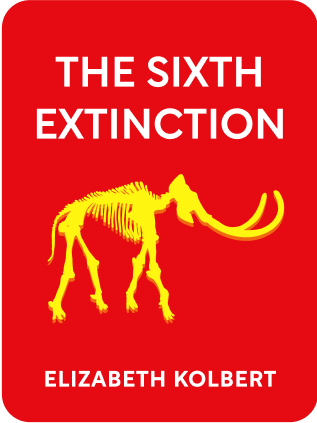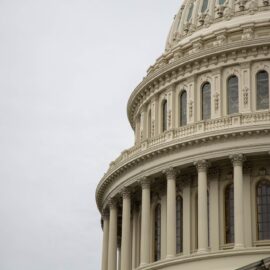

This article is an excerpt from the Shortform book guide to "The Sixth Extinction" by Elizabeth Kolbert. Shortform has the world's best summaries and analyses of books you should be reading.
Like this article? Sign up for a free trial here .
What is the species-area relationship? How is it expressed in mathematics?
The species-area relationship is the relationship between the area of the species habitat and the number of animal species that inhabit it. In 2004, scientists used the concept, which is expressed mathematically as a curve, to calculate the species extinction risk at different levels of global warming.
Keep reading to learn about the species-area relationship.
What Is the Species-Area Relationship?
In 2004, researchers used the species-area relationship to estimate the extinction risk of animal and plant species as a result of global warming. They compiled data on the ranges of over one thousand species of plants and animals and correlated the ranges with the current climate. Then they considered two climate warming scenarios: one in which species stayed put (and the area habitable for them declined), and one in which they were mobile. Here’s what they determined for each scenario:
Scenario 1—Species stay put:
- If global warming were minimal, 22% to 31% of species would be “committed to extinction” by 2050.
- If global warming reached its projected maximum, 38% to 52% percent of species would be doomed.
Scenario 2—Species are highly mobile:
- With minimum global warming, 9% to 13% of species would be “committed to extinction.”
- At the maximum global warming level, 21% to 35% of species would disappear.
When researchers averaged the two scenarios and factored in a mid-range warming projection, they calculated that 24% of all species would be headed for extinction. These findings, featured on the cover of Nature, received wide attention. The BBC boiled the research down with this headline: “Climate Change Could Drive a Million of the World’s Species to Extinction.”
More recent studies have contended the article’s projections are either understated or overstated. Either way, the researchers say, the potential impacts support the notion that we have entered the Anthropocene, in which humans are significantly altering the earth’s geology, atmosphere, and ecosystems.
A Domino Effect on Species
A cloud forest, like a coral reef, is the backbone of an ecosystem of interdependent species. Specific insects depend on specific tree species. Certain birds eat certain insects and they shelter in trees. Birds and animals also serve the trees by pollinating them and spreading seeds.
Global warming continues to change the ecosystem dynamic. Among plants, some species will benefit from warmer temperatures and higher carbon dioxide levels, but others will languish and disappear.
Forest reserves like Manu National Park can protect biodiversity against mining, logging, and other threats by establishing protective borders. But global warming knows no borders. And when species need to move to survive, reserves won’t be big enough to save them.

———End of Preview———
Like what you just read? Read the rest of the world's best book summary and analysis of Elizabeth Kolbert's "The Sixth Extinction" at Shortform .
Here's what you'll find in our full The Sixth Extinction summary :
- How humans have set in motion a sixth mass extinction
- The 5 mass extinction events that occurred over the last 500 million years
- Why human ingenuity might be able to save the human species from extinction






